Blender 3D modeling: Guide for beginner
Blender is a popular 3D modeling software with a huge community. This article explains all you need to know about Blender 3D modeling.
Table of Contents
What is Blender?
Blender is a free and open-source 3D CG application that puts the best 3D technology in the hands of CG artists. It is a complete suite for 3D creation. What does that mean? It means Blender is capable of creating works in the entire 3D pipeline, from modeling to rigging, animation, simulation, rendering, and many others. As a result, CG artists can use Blender to produce all kinds of visualizations, including animated films, motion graphics, visual effects, and even video editing or game creation.
In addition, Blender is cross-platform and runs equally well on Windows, Linux, and Macintosh computers.
Currently, the latest version of Blender is Blender 3.6 LTS. There is also an alpha version of Blender 4.0 available, which is expected to be released officially in early November this year.
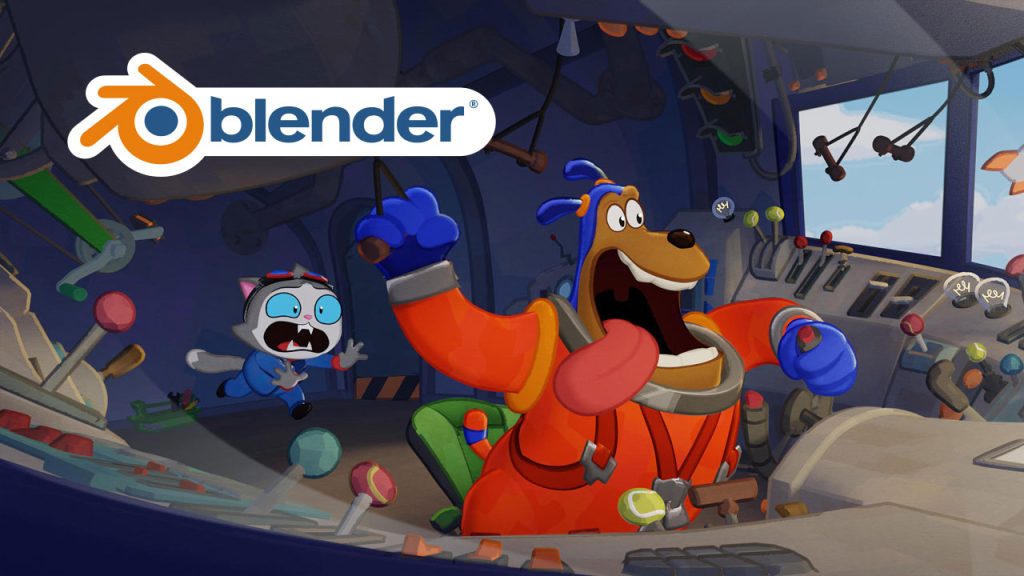
Blender 3.6 LTS. Image: blender.org
Blender 3D modeling
3D modeling is the process of making three-dimensional visualizations of an object or a surface. It is necessary for manufacturing, rendering, simulation, and animation and has uses for a wide range of industries. Artists, designers, or architects make 3D models within computer-based 3D modeling software such as Blender.
Blender comes with a comprehensive array of modeling tools. They help you create, transform, sculpt, and edit your models fast and hassle-free.
More specifically, Blender supports several different geometric primitives, such as polygon meshes, Bézier curves, NURBS surfaces, metaballs, icospheres, text, and an n-gon modeling technique known as B-mesh. Additionally, there is a sophisticated polygonal modeling system available through an edit mode. It offers functions including subdividing, beveling, and extrusion.
Why should I use Blender 3D modeling?
3D modeling tools and features in Blender are powerful and versatile. Below are the benefits of Blender 3D modeling. In other words, reasons why should I use Blender 3D modeling.
Free and open-source
Blender is available for free download, usage, and distribution. Since its source code is open to the public, you can adapt it to your needs. Because of this, it is accessible to everyone, including small studios, hobbyists, and students. Moreover, Blender is cross-platform compatible, it runs on Windows, Linux, and Mac computers.
High-quality features
Blender offers a variety of cutting-edge modeling, texturing, lighting, and animation technologies that you can also find in other expensive 3D software. You can leverage Blender to make complex and lifelike 3D models and manage a variety of creative jobs.
Huge community
Blender has an active and supportive user community. They frequently share knowledge, tutorials, and resources with each other. So, if you wish to learn how to work with the software, there is plenty of resources online.
Non-destructive modeling
Because of the non-destructive nature of Blender’s modeling tools, you can edit your models at any point without permanently changing the underlying geometry. This gives the modeling process flexibility and freedom.
Extensive add-ons and scripting capabilities
Blender supports Python scripting. Therefore, you can employ it to customize the application and write specialized tools. You can also use scripts to automate repetitive tasks, duplicate models, and many other tasks.
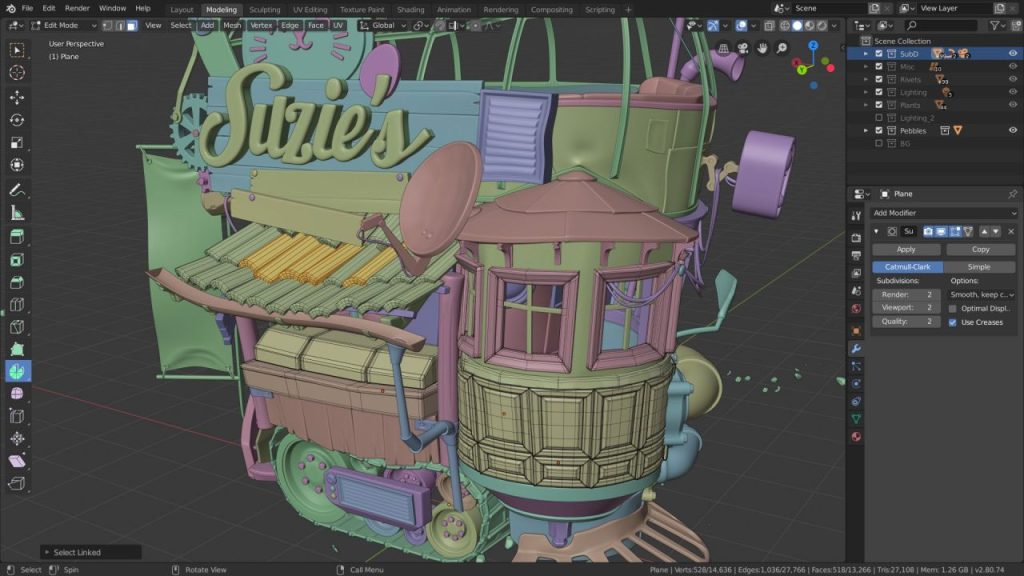
Image: blender.org
Resources for Blender 3D modeling
As already mentioned above, Blender has a huge user base. So, there are a variety of learning tutorials and resources. VFXRendering introduces the best online tutorials and courses to learn Blender and 3D modeling from scratch.
Blender Tutorials/Course
- Tutorials by Blender
There is a substantial library of video tutorials available in Blender’s support section on its website. 43 video tutorials in the Blender Fundamentals 2.80 playlist go over the fundamental concepts and methods for using Blender to build 3D models. The playlist is made for newbies and covers a variety of topics such as using the Blender interface, making and manipulating objects, and using materials and textures.
The tutorial page also includes videos on how to use a grease pencil, make a styled character, and use Blender to automate tasks.
- Udemy
Udemy is an online learning and teaching marketplace with thousands of courses for anything. You can find several Blender courses from basic to advanced on this online platform. Below are some of the best Blender courses:
Complete Blender Creator: Learn 3D Modelling for Beginners: LINK
Creating 3D environments in Blender: LINK
Blender Character Creator for Video Games Design: LINK
- Blender Guru
The next one is Blender Guru. This guy provides video tutorials for users of all skill levels. The “Blender Beginner Donut Tutorial” series, which teaches the fundamentals of Blender’s user interface and how to make straightforward 3D models, is available on Blender Guru’s YouTube channel. The “Intermediate Blender Tutorial Series” covers advanced methods to help you make lifelike and complex textures and materials. Blender Guru also provides guiding articles and project files for download in addition to video tutorials.
Blender 3D Models
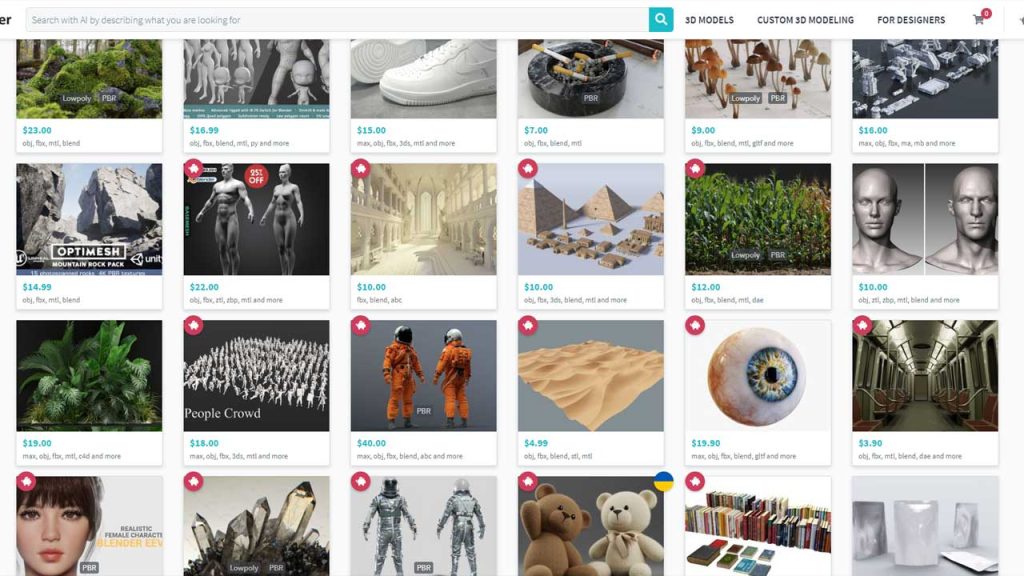
Image: cgtrader.com
You can create your own models with Blender or import ready-to-use models from various sources. Making 3D models can take a lot of effort, especially if you are a beginner to 3D modeling or lack a solid grounding in modeling techniques. Let’s explore a few marketplaces where you can find Blender’s 3D models.
- CGTrader
- Blender Market
- BlenderKit
- Sketchfab
- Hum3D
- TurboSquid
- Free 3D
Conclusion
In summary, beginners may find it difficult to first learn Blender. But with time and effort, you can master the fundamentals and begin making your own 3D models. There are a ton of tutorials, courses, and discussion groups available to assist you with learning. We hope that our suggestions for tutorials/courses and 3D model marketplaces can help you master this software faster.
See more:



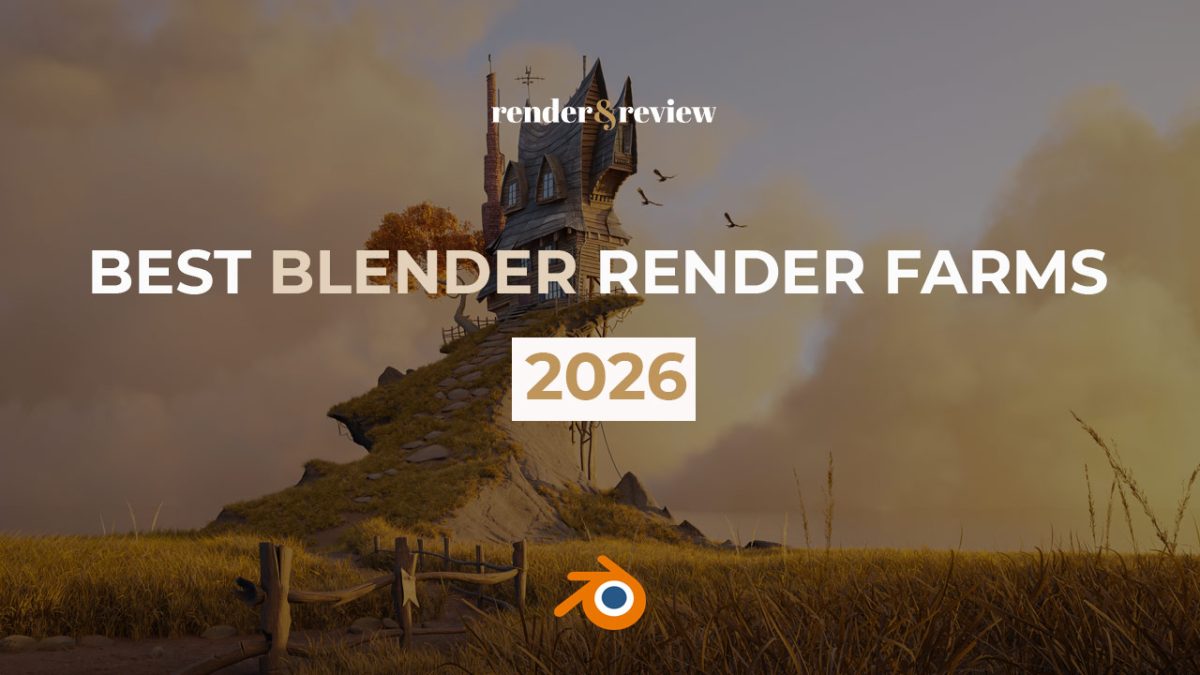
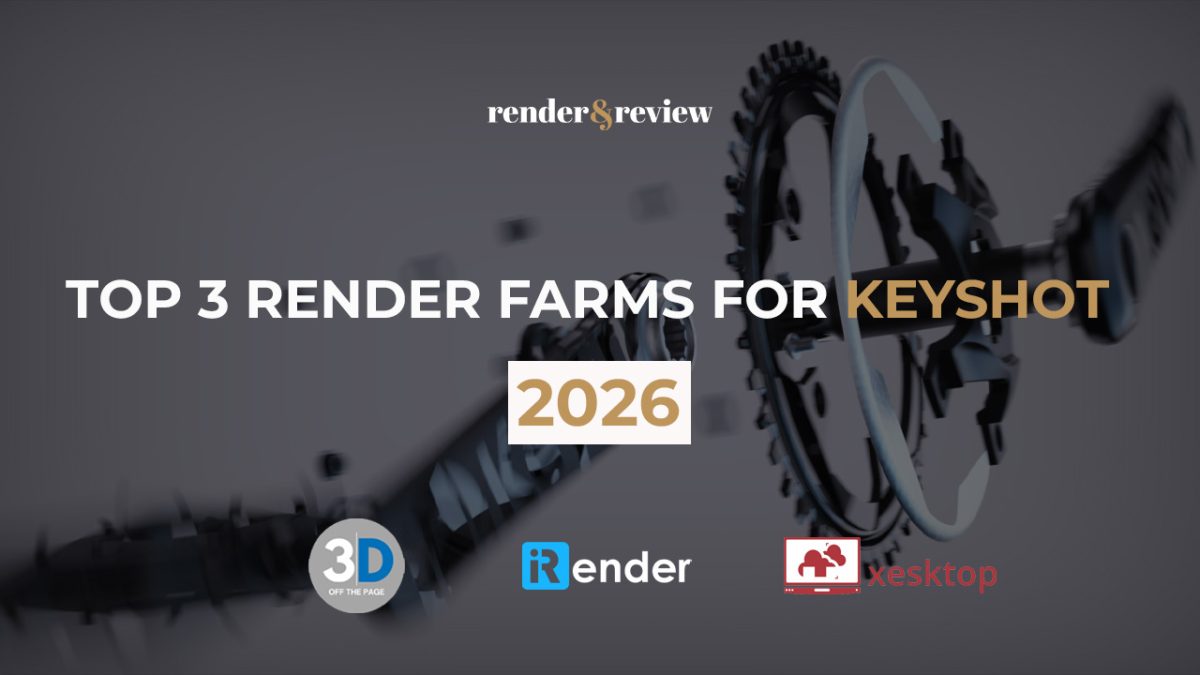
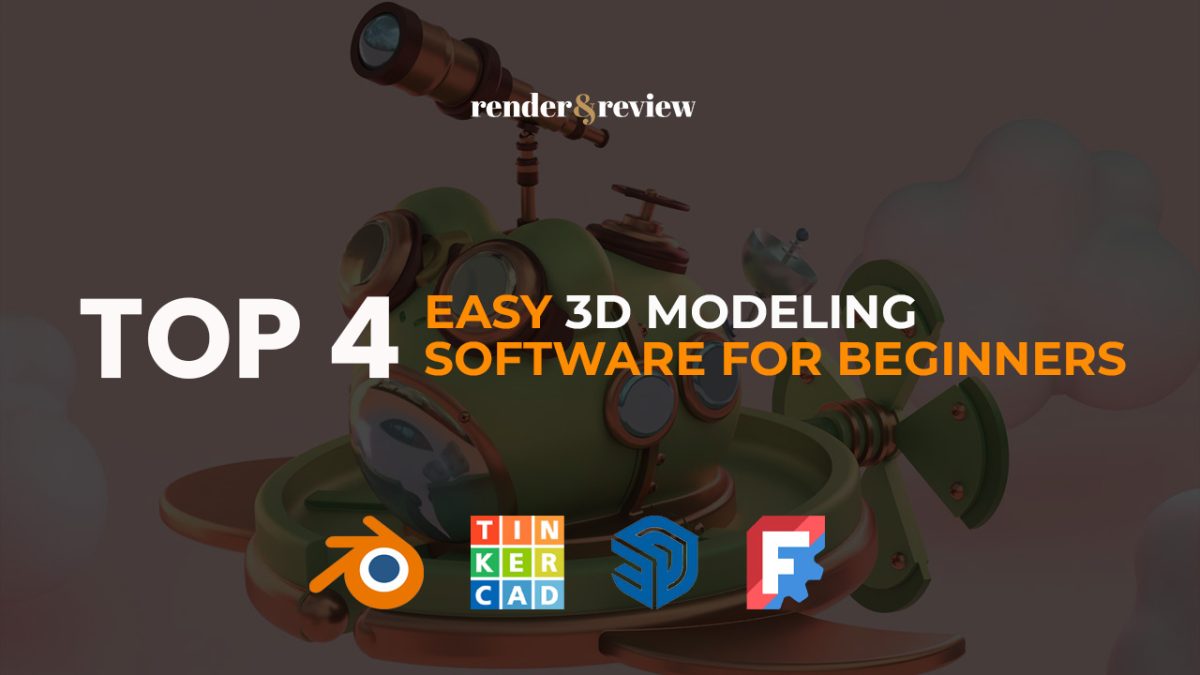
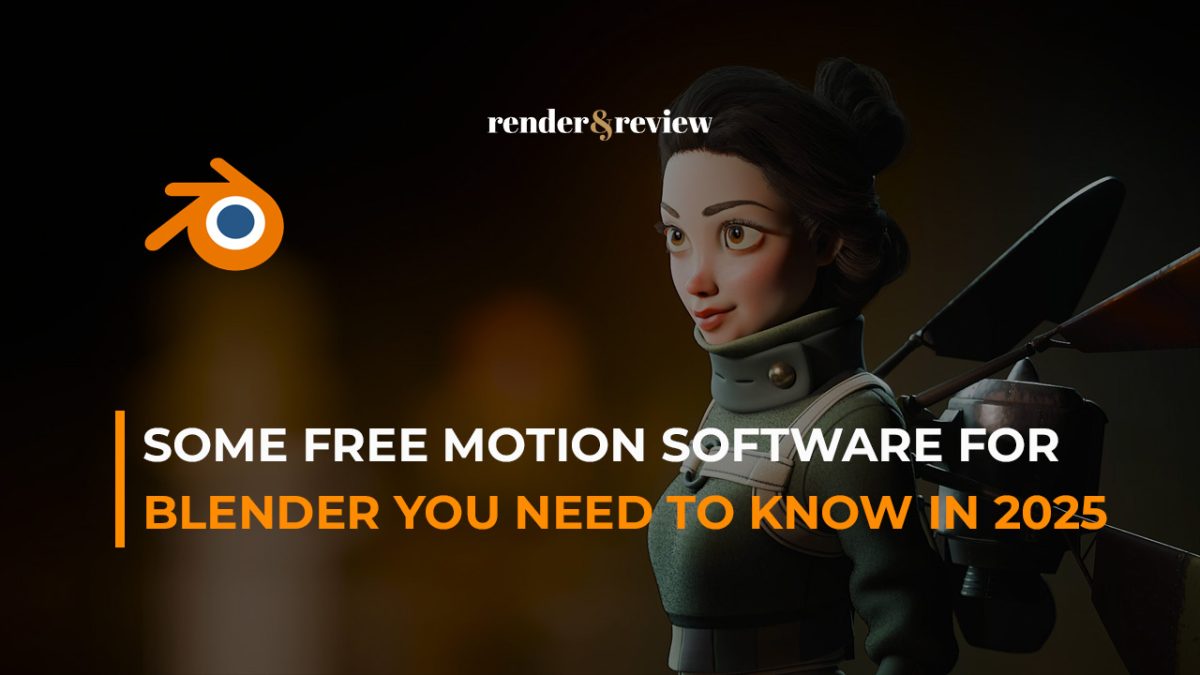

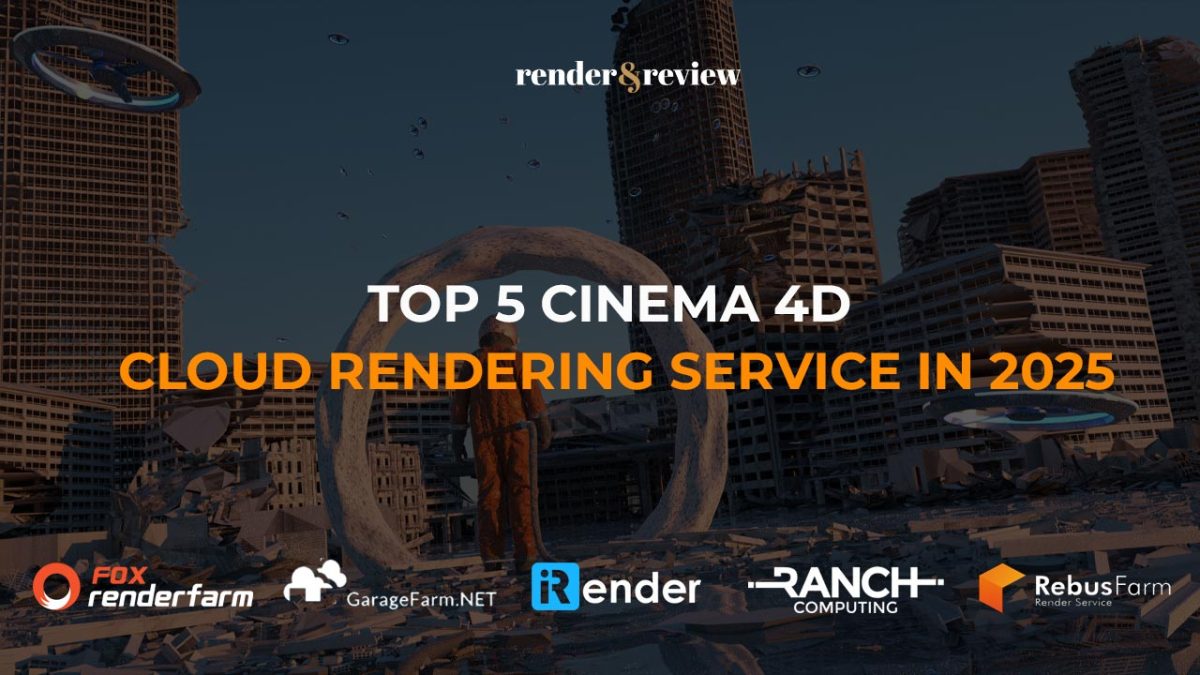
No comments